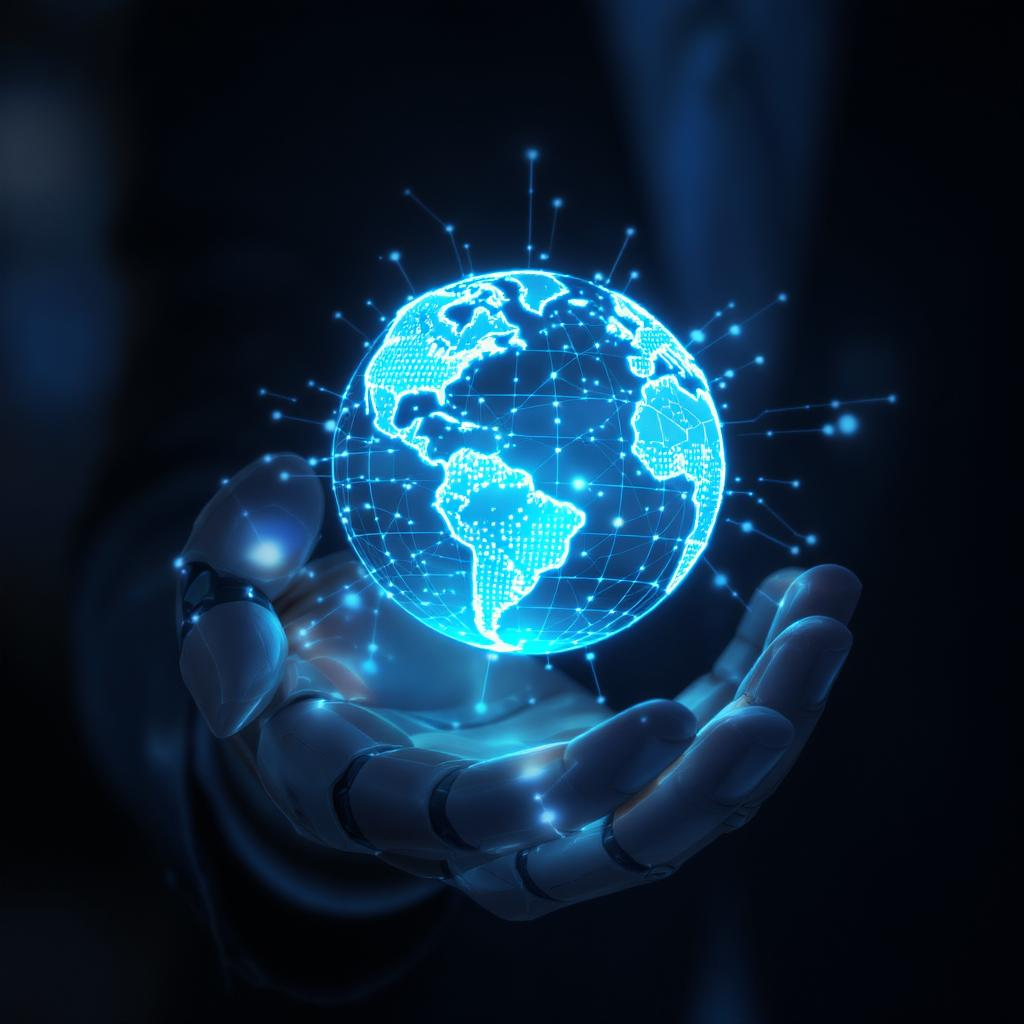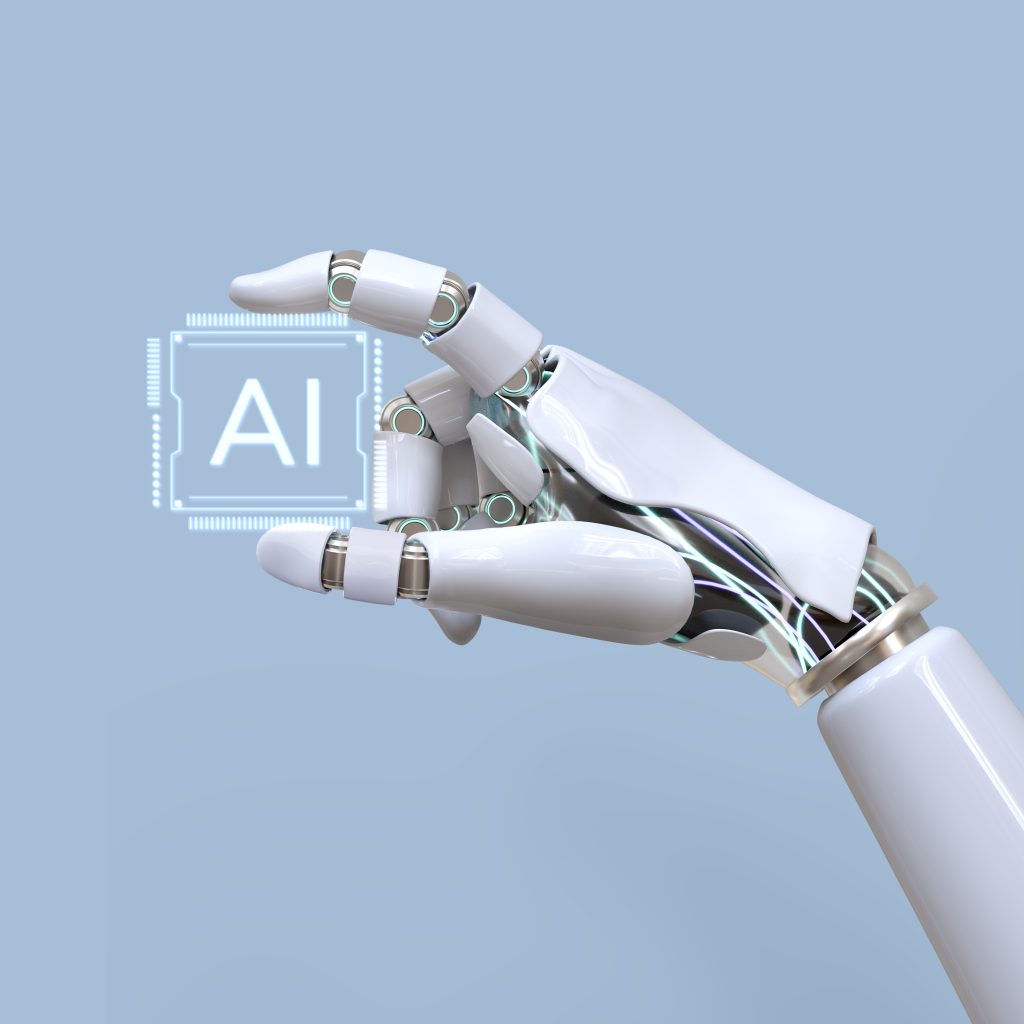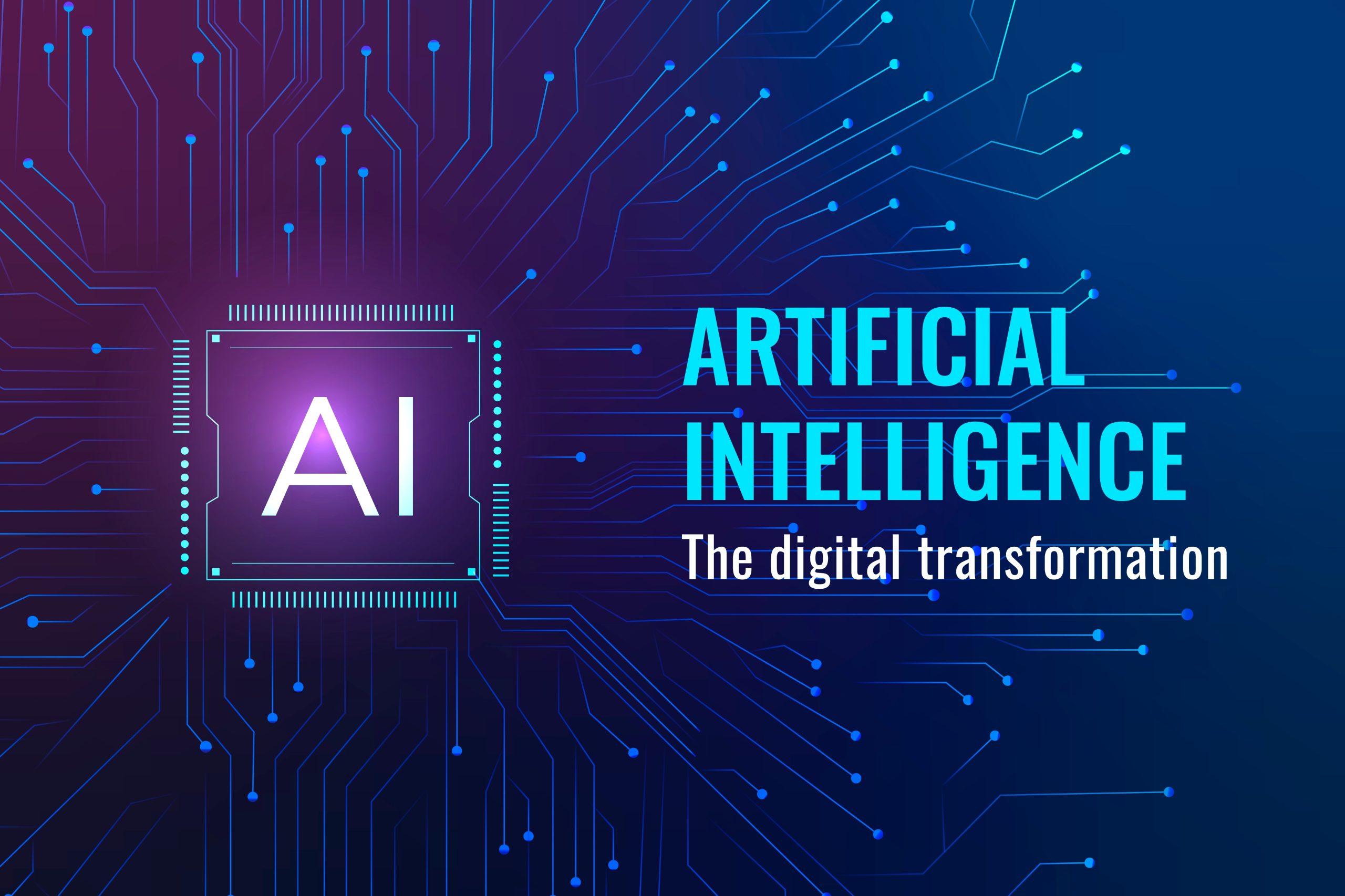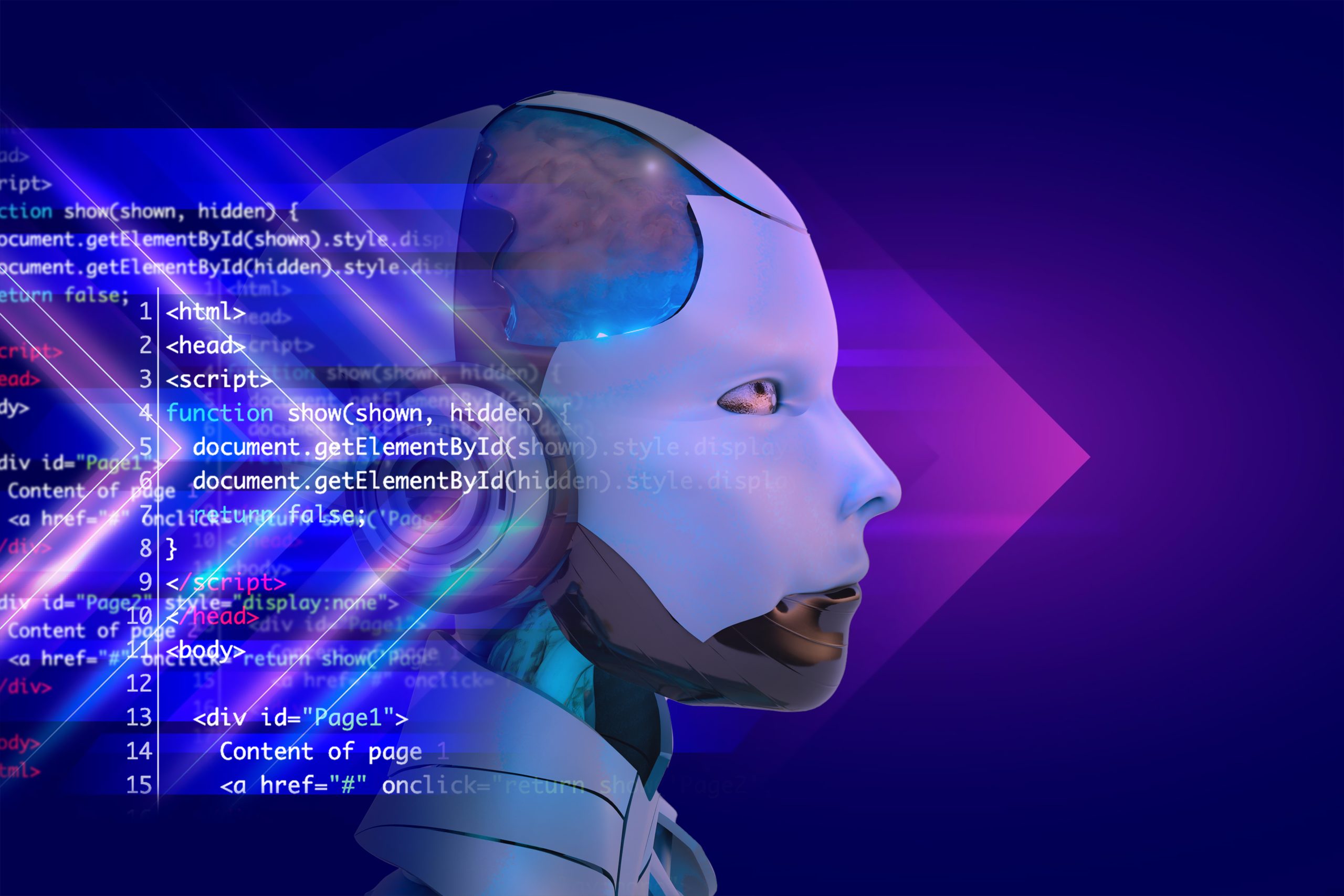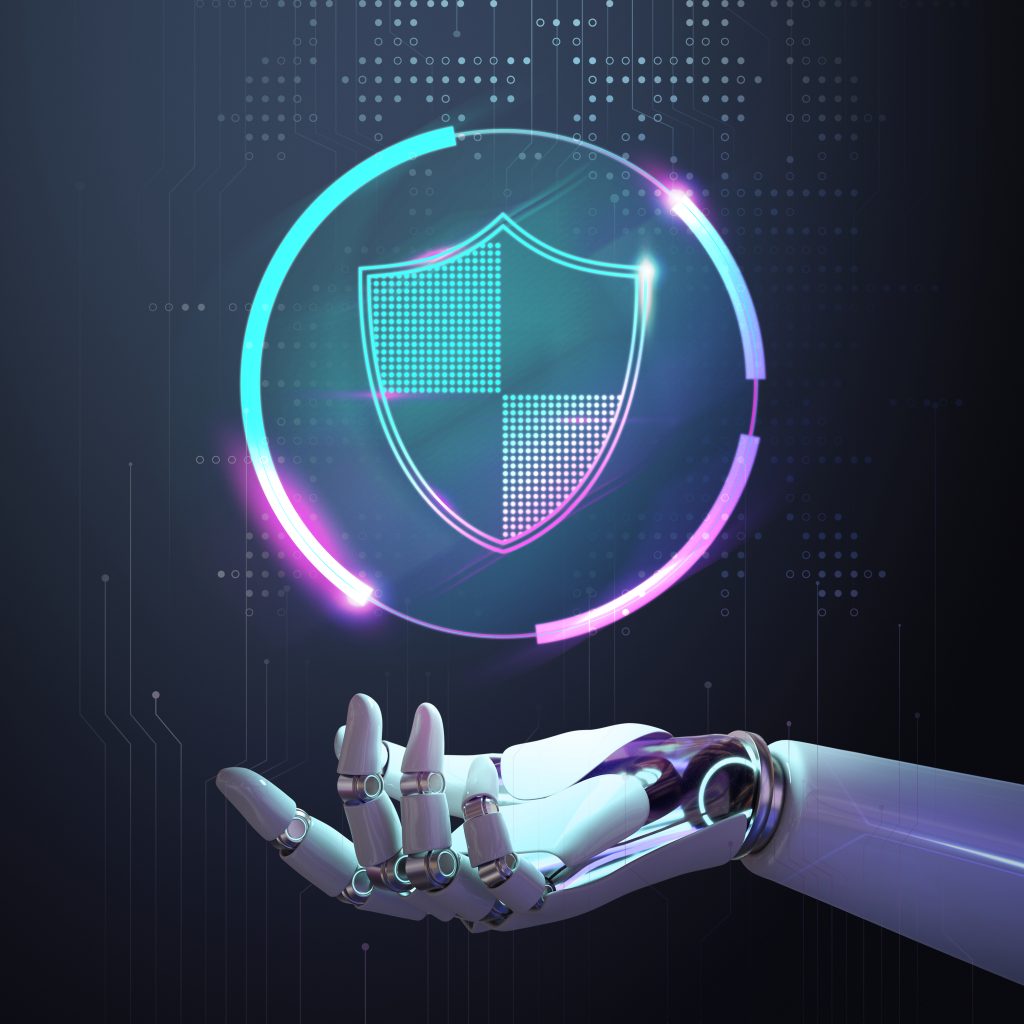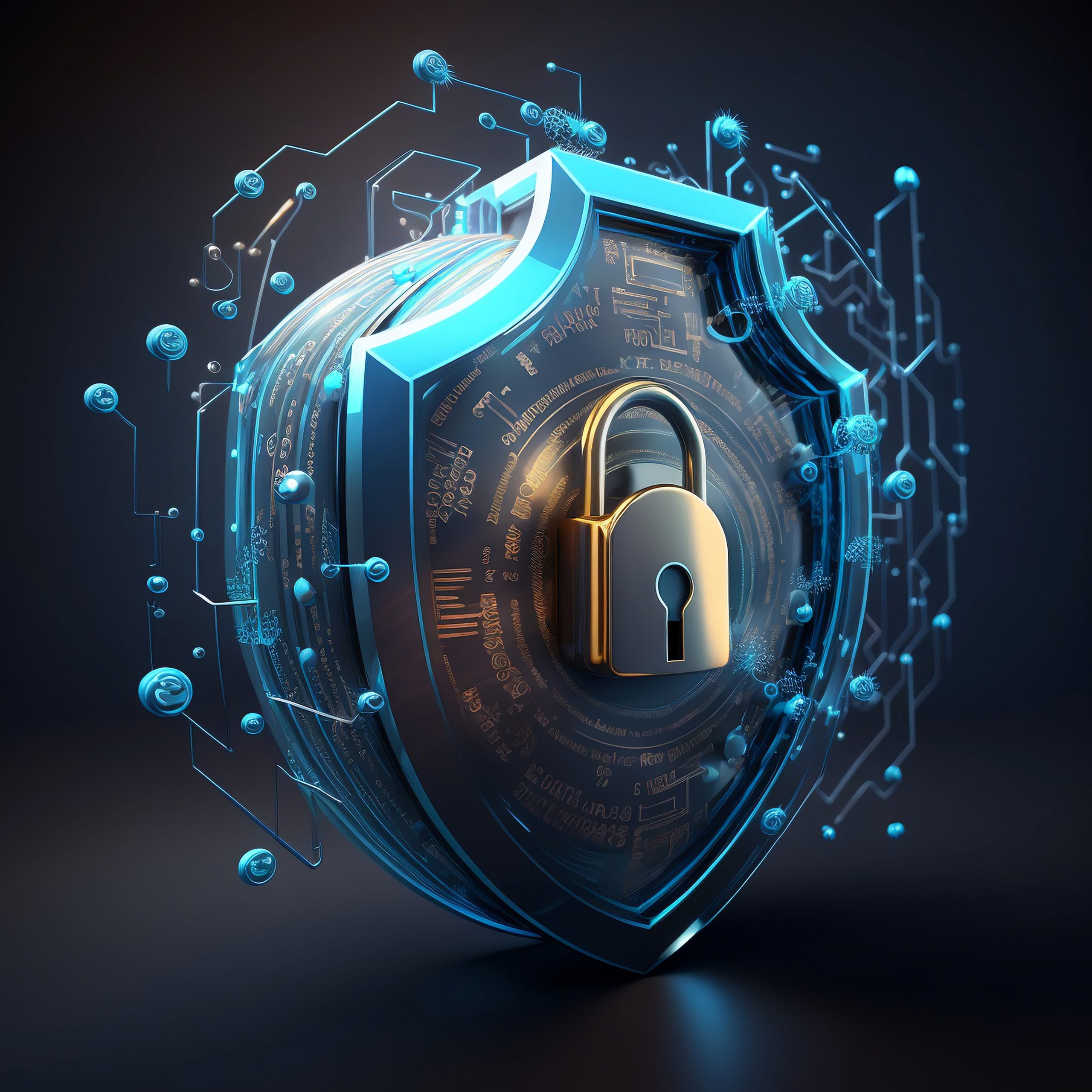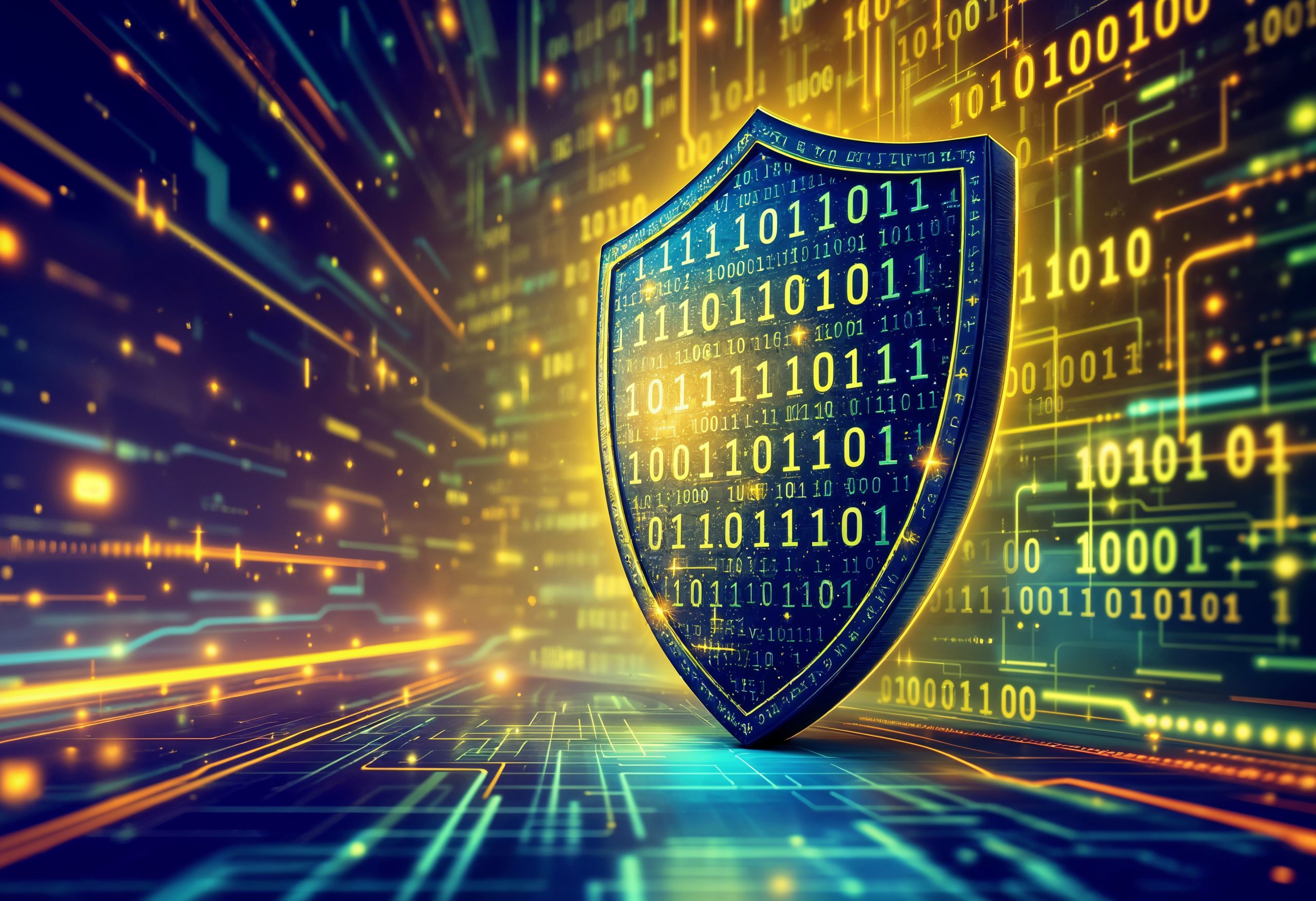Explore the top technology trends set to shape the future in 2025 — from breakthroughs in artificial intelligence (AI) and the power of 5G networks to innovations in smart automation and eco-friendly tech solutions.
A Brief Overview of Technology and Its Impact
Technology refers to the application of scientific knowledge for practical purposes, especially in industry and daily life. It involves the creation, use, and development of tools, machines, systems, and methods to solve problems, improve efficiency, and enhance human life.
Key Points:
Definition: Technology is the use of science to create tools and systems that help solve problems or perform tasks
Examples: Smartphones, computers, the internet, medical equipment, renewable energy systems, AI, and robotics.
Purpose: To make life easier, faster, safer, and more productive.
Impact of Modern Technology:
Modern technology has significantly transformed the way we live, work, and communicate. From instant global communication and advanced healthcare systems to smart homes and AI-powered tools, technology has improved convenience, efficiency, and access to information. However, it also brings challenges such as privacy concerns, digital addiction, and job displacement. Overall, modern technology continues to shape society by driving innovation and creating new opportunities across various industries.
Top Technology Innovations Driving Digital Transformation
1. Artificial Intelligence (AI) and Machine Learning
Artificial Intelligence (AI) is a branch of computer science focused on creating machines or software that can think, learn, and make decisions like humans. It enables systems to perform tasks that usually require human intelligence—such as understanding language, recognizing images, solving problems, and making predictions.
Key Features of AI
Artificial Intelligence (AI) comes with powerful features that enable machines to perform human-like tasks efficiently and intelligently. Some of the key features of AI include learning from data (machine learning), problem-solving, natural language processing (NLP), pattern recognition, and decision-making. AI systems can adapt over time, analyze complex data, recognize speech or images, and interact naturally with humans. These capabilities allow AI to be applied in various industries—from healthcare and finance to marketing and transportation—making processes smarter, faster, and more accurate. As AI continues to evolve, its core features drive innovation and reshape how businesses and individuals operate in the digital age.
Examples of AI In use
Artificial Intelligence (AI) is increasingly integrated into everyday life, powering many tools and services we rely on. Common examples of AI in use include virtual assistants like Siri, Alexa, and Google Assistant, which understand voice commands and perform tasks. Recommendation engines on platforms like Netflix, YouTube, and Amazon use AI to suggest content or products based on user behavior. In the healthcare sector, AI helps with early disease detection and personalized treatment plans. Self-driving cars use AI for real-time navigation and decision-making. AI also powers chatbots, fraud detection systems, and facial recognition technology. These real-world applications showcase how AI enhances efficiency, accuracy, and convenience across industries.
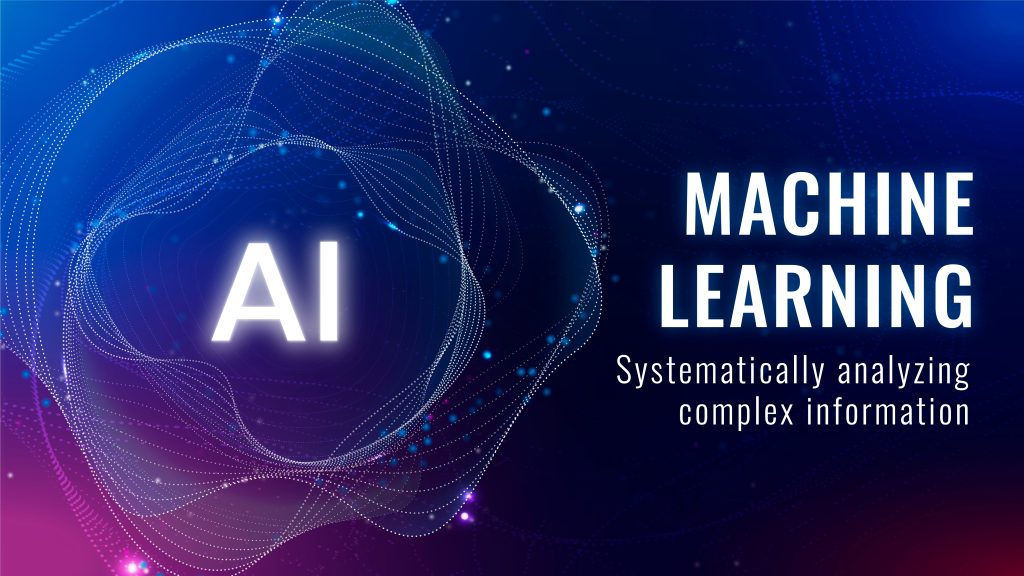
Machine Learning (ML): is a type of technology that allows computers to learn from information (data) and get better at doing tasks on their own, without needing someone to write instructions for everything. Just like humans learn from experience, a machine can learn from past data, spot patterns, and make smart decisions or predictions.
How Machine Learning Works – Full Explanation
Machine Learning (ML) works by allowing computers to learn from data, identify patterns, and make decisions or predictions without being manually programmed for each task. The process begins by collecting large amounts of data, which is then cleaned and organized. This data is fed into an ML model, which analyzes it using mathematical algorithms to find patterns or relationships. The model is trained using this data, meaning it adjusts itself to understand the input and predict the correct output. Once trained, the model can be tested with new data to check its accuracy. Over time, with more data and feedback, the model improves its performance. There are different types of machine learning, including supervised learning (learning with labeled data), unsupervised learning (finding patterns in unlabeled data), and reinforcement learning (learning by trial and error). This powerful technology is used in applications like voice assistants, spam filters, recommendation systems, and fraud detection, making everyday digital experiences smarter and more personalized.
2. The Rise of 5G Technology and Its Impact on Connectivity
The evolution of mobile networks has reached an exciting milestone with the global rollout of 5G technology. As the fifth generation of wireless communication, 5G is not just an upgrade from 4G — it’s a game-changer for how we connect, communicate, and experience digital services in real time. With ultra-fast speeds, low latency, and greater capacity, 5G is set to transform industries, improve mobile experiences, and redefine internet connectivity across the globe.
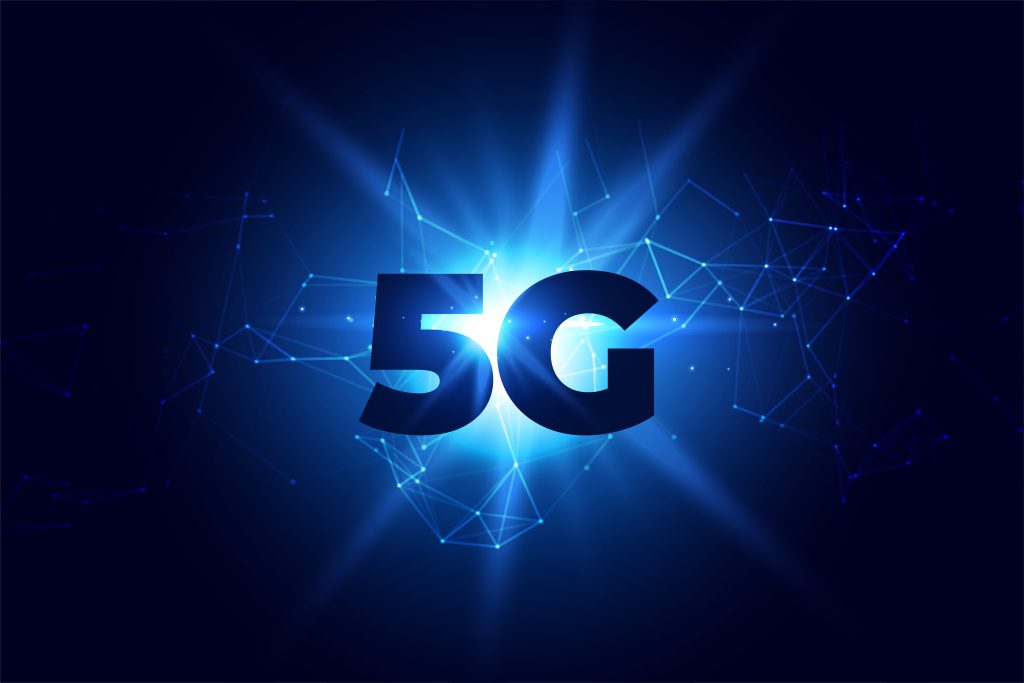
What is 5G Technology?
5G stands for the fifth generation of mobile network technology. It offers significantly faster data transfer speeds, improved network reliability, and the ability to connect more devices simultaneously. Unlike its predecessors (3G and 4G), 5G uses higher frequency radio waves, which allows for faster and more efficient data transmission.
Key Features of 5G Technology
1. Ultra-Fast Data Speeds
5G offers lightning-fast download and upload speeds — up to 10 Gbps, which is up to 100 times faster than 4G. This speed boost allows users to stream high-definition content, download large files, and run data-heavy applications instantly, without lag or buffering.
2. Extremely Low Latency
Latency refers to the time it takes for data to travel from one point to another. 5G reduces latency to as low as 1 millisecond, enabling real-time communication. This is essential for applications like online gaming, video conferencing, remote surgeries, and autonomous driving.
3. Enhanced Bandwidth
With 5G, users benefit from increased bandwidth, which allows more data to be transferred at a faster rate. This means better performance during peak usage times and improved service for users in crowded or high-demand areas.
4. Seamless Mobility and Handover
5G supports smooth transitions between different network zones and technologies (e.g., Wi-Fi to mobile data), which helps maintain consistent service even when users are on the move — such as during commutes or travel.
5. Supports Massive Machine-Type Communications (mMTC)
5G enables massive machine-to-machine (M2M) communications, supporting billions of connected devices. This is especially important for smart agriculture, smart grids, and industrial IoT, where numerous devices must communicate simultaneously.
How 5G Is Changing Connectivity
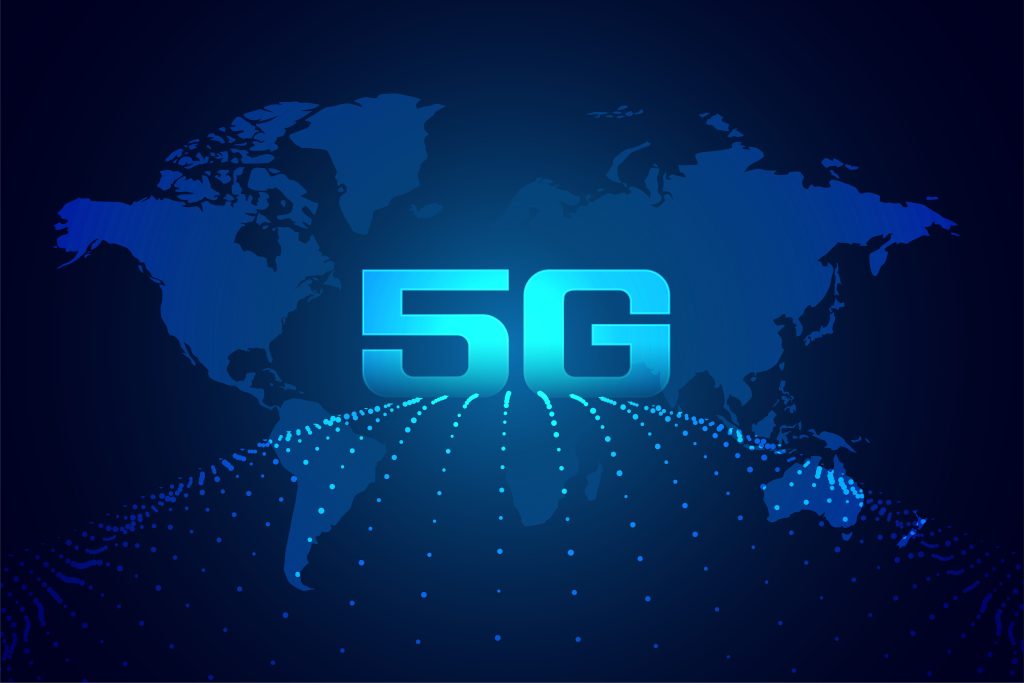
1. Better Mobile Internet Experience
Streaming 4K videos, playing online games, or downloading large files on your phone becomes almost instant with 5G. Users can enjoy smoother, faster, and more reliable mobile internet, even in crowded places.
2. Empowering Smart Cities
5G technology supports a wide network of connected devices like sensors, cameras, and smart meters. This makes smart city innovations possible — from traffic control and public safety to energy management and waste reduction.
3. Boosting IoT (Internet of Things)
The increased capacity of 5G allows more IoT devices to connect simultaneously. This is crucial for industries like agriculture, logistics, healthcare, and manufacturing, where machines and sensors need to communicate in real time.
4. Enhancing Remote Work and Learning
With ultra-fast and stable internet, 5G improves video conferencing, cloud computing, and virtual collaboration tools, making remote work and online education more efficient and seamless.
5. Revolutionizing Healthcare
5G enables advanced medical applications such as remote surgeries, real-time patient monitoring, and AI-powered diagnostics, especially in areas with limited access to traditional healthcare services.
6. Enabling Autonomous Vehicles
Self-driving cars require constant, split-second communication with other vehicles, traffic systems, and infrastructure. 5G provides the low latency and reliability needed for safe and efficient autonomous transportation.
Despite its many advantages, the rollout of 5G also brings some challenges, such as:
- High infrastructure costs
- Limited coverage in rural areas
- Security and privacy concerns
- Compatibility with older devices
The rise of 5G technology is unlocking new possibilities in digital connectivity, transforming how people and devices interact. From enhancing our smartphones to powering smart cities and enabling next-gen innovations, 5G is the backbone of a more connected, intelligent world. As it continues to expand globally, its full potential is yet to be realized—but one thing is clear: 5G is not just the future, it’s already here.
3. Blockchain Technology Beyond Cryptocurrency in 2025
When most people hear the word blockchain, they instantly think of cryptocurrencies like Bitcoin or Ethereum. But in 2025, blockchain technology is proving to be far more than just a platform for digital currencies. It is transforming the way industries operate by offering security, transparency, and decentralization across countless applications.
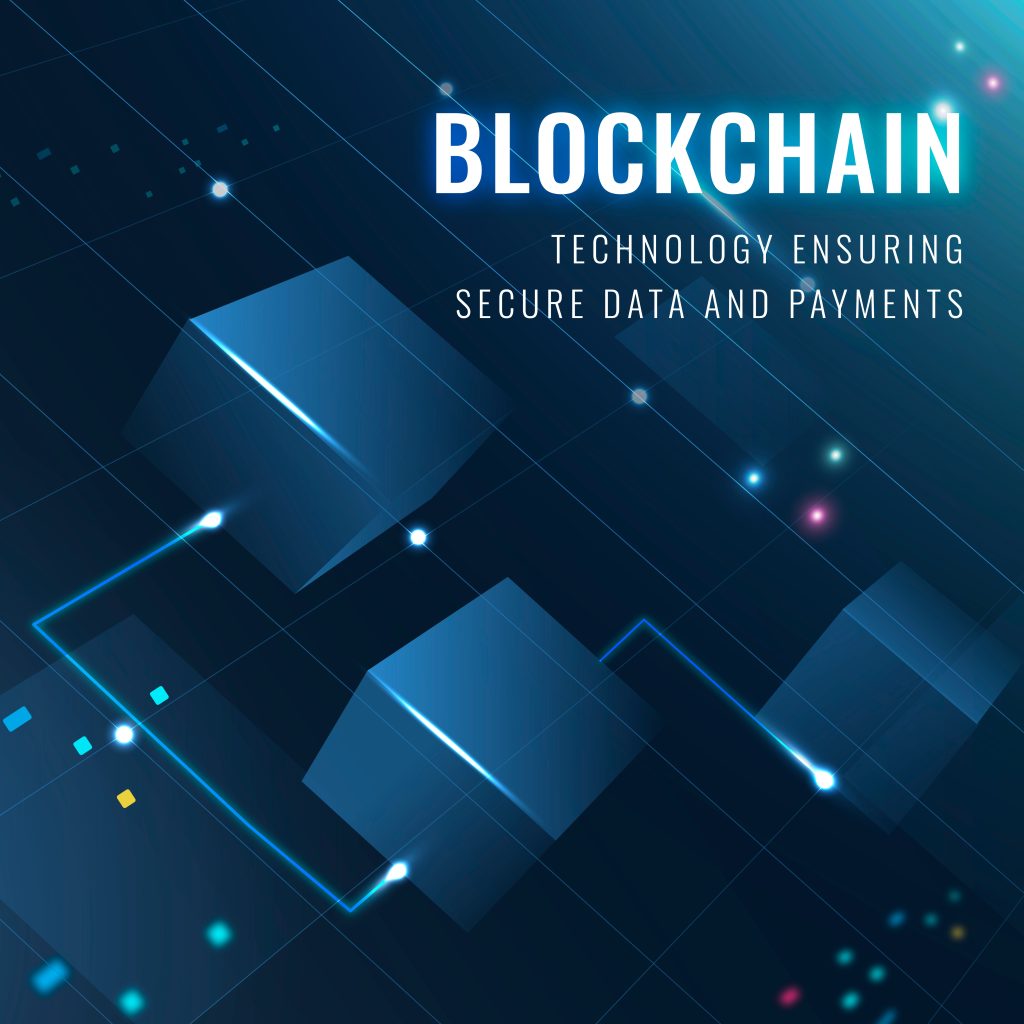
What Is Blockchain Technology?
Blockchain is a digital ledger system that records transactions across multiple computers in a secure, decentralized, and tamper-proof way. Each block in the chain contains data, a timestamp, and a link to the previous block, making it nearly impossible to alter the information once recorded.
The key benefits of blockchain are:
- Decentralization (no single authority controls the system)
- Transparency (anyone on the network can verify transactions)
- Immutability (once data is added, it can’t be changed)
- Security (encrypted and distributed across nodes)
Why Blockchain Is More Than Cryptocurrency
While cryptocurrencies were the first use case of blockchain, the technology’s ability to record and verify transactions securely without intermediaries has opened the door to much broader applications. In 2025, blockchain is being used in industries like supply chain, healthcare, finance, real estate, and governance — revolutionizing how data is managed and shared.
Benefits of Blockchain Beyond Crypto
- Increased Trust: All transactions are verified and recorded permanently.
- Lower Costs: Removes the need for intermediaries and reduces administrative expenses.
- Greater Efficiency: Automates tasks and enables faster processing times.
- Enhanced Security: Strong encryption and decentralization prevent data breaches and tampering.
Key Applications of Blockchain Technology in 2025
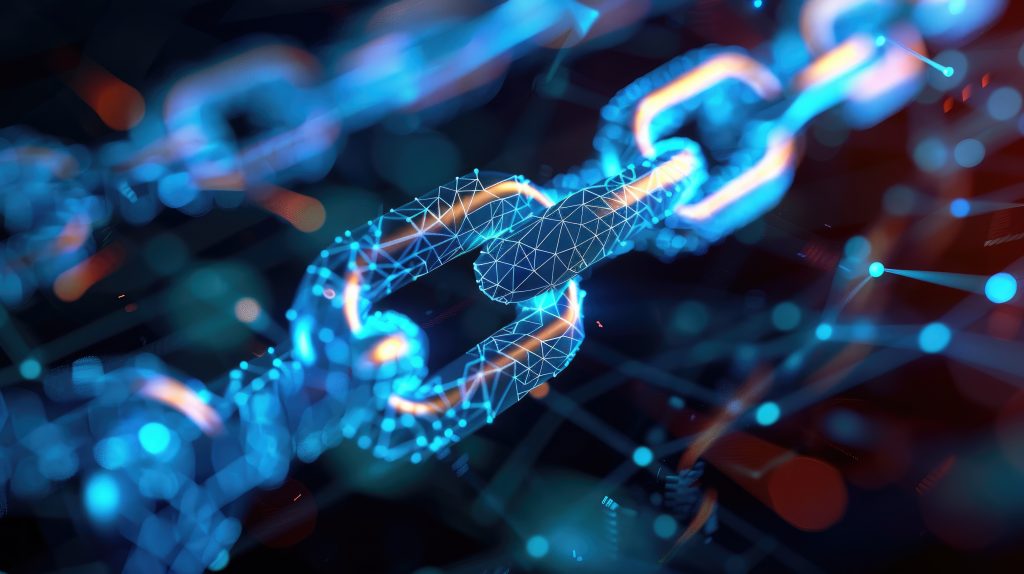
1. Supply Chain Management
Blockchain brings transparency and traceability to global supply chains. Companies can now track products from origin to delivery, ensuring authenticity, reducing fraud, and improving accountability. This is especially crucial for industries like food, medicine, and luxury goods.
2. Healthcare and Medical Records
Blockchain is used to securely store patient health records that are accessible only to authorized parties. This ensures data privacy, reduces medical errors, and allows for seamless sharing of information between healthcare providers, improving patient care.
3. Smart Contracts
Smart contracts are self-executing digital agreements stored on the blockchain. In 2025, they are being used to automate processes in industries like insurance, finance, and real estate — removing middlemen, reducing costs, and ensuring contract terms are followed.
4. Decentralized Finance (DeFi)
Beyond traditional cryptocurrency trading, DeFi platforms use blockchain to provide financial services like lending, borrowing, and investing — without the need for banks or financial institutions. Users maintain control over their assets while enjoying faster and cheaper transactions.
5. Voting Systems
Blockchain-based voting solutions ensure tamper-proof, transparent, and verifiable elections. Each vote is recorded as a secure transaction, reducing the risk of fraud and increasing voter trust in the electoral process.
6. Identity Management
In 2025, blockchain helps individuals own and control their digital identity. Instead of relying on centralized databases (which can be hacked), users can verify their identity securely across platforms — from banking to government services.
7. Intellectual Property & Digital Ownership
Artists, musicians, and content creators use blockchain to protect intellectual property rights and verify ownership of digital assets like NFTs, music, videos, and more. This reduces piracy and ensures fair revenue sharing.
8. Real Estate and Land Registry
Blockchain simplifies property transactions by securely recording deeds, ownership, and titles. It reduces paperwork, fraud, and delays in property transfers, especially in developing countries with poor record-keeping.
In 2025, blockchain has proven itself as much more than a cryptocurrency enabler. From powering decentralized finance and secure voting to transforming supply chains and protecting identities, blockchain is reshaping industries and redefining trust in the digital age. As more businesses and governments explore its potential, blockchain will continue to be a driving force behind the next generation of secure, transparent, and decentralized applications.
4. Cybersecurity Trends: Protecting Data in a Digital World
As we move deeper into the digital age, the importance of cybersecurity has never been greater. With rising threats from hackers, data breaches, ransomware, and phishing scams, protecting personal and business data is now a top priority for individuals, organizations, and governments. In 2025, cybersecurity trends are evolving rapidly to combat sophisticated threats and secure digital assets in an increasingly connected world.
What Is Cybersecurity?
Cybersecurity refers to the practices, technologies, and strategies used to protect systems, networks, and data from digital attacks. It covers everything from preventing unauthorized access to safeguarding sensitive information and ensuring digital privacy.
The primary goal of cybersecurity is to:
- Prevent data breaches
- Ensure the confidentiality, integrity, and availability of information
- Protect against cyber threats like malware, phishing, and ransomware
Cybersecurity Trends in 2025
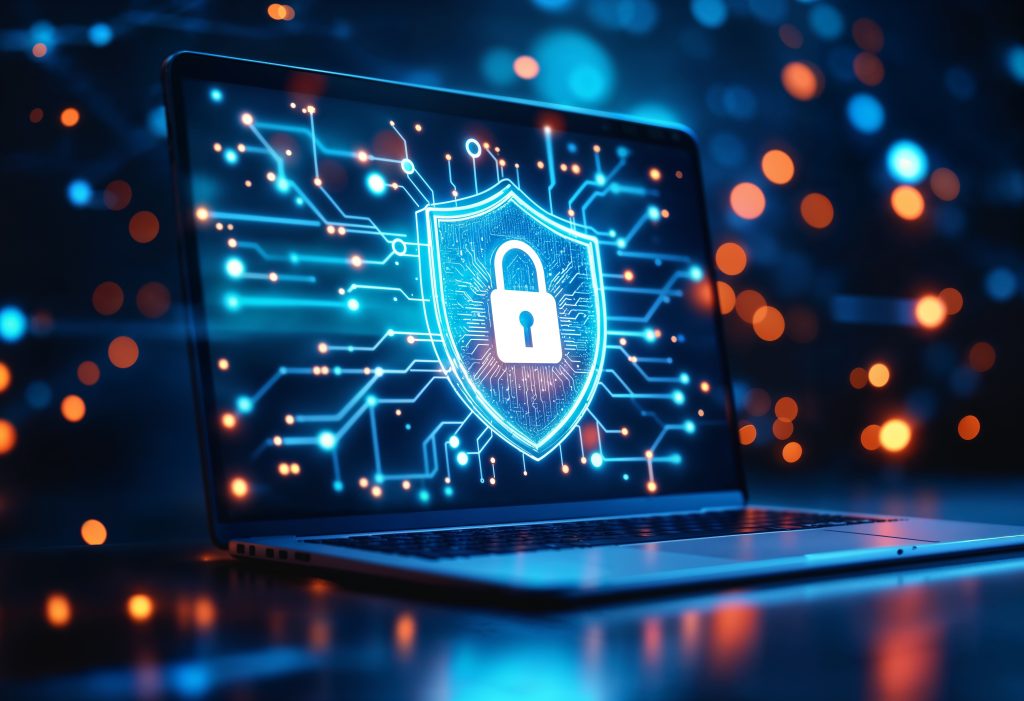
1. AI-Powered Threat Detection
Artificial Intelligence (AI) is being used to detect and respond to cyber threats in real time. AI algorithms can analyze patterns, identify unusual behavior, and stop cyberattacks before they cause damage. This automation helps organizations reduce response times and prevent security breaches.
2. Zero Trust Security Model
The Zero Trust approach assumes that no user or system—inside or outside the network—should be trusted by default. Every access request must be verified. This model improves protection against insider threats and unauthorized access.
3. Multi-Factor Authentication (MFA)
Passwords alone are no longer secure. MFA adds an extra layer of protection by requiring users to verify their identity through two or more methods, such as passwords, SMS codes, or biometrics. It’s now a standard practice for securing online accounts and business systems.
4. Cloud Security Enhancements
As more companies move to the cloud, protecting cloud-based applications and data becomes crucial. Cloud providers and users are adopting advanced encryption, secure access controls, and cloud-native firewalls to ensure data is safe and compliant with global standards.
5. Ransomware Protection and Recovery
Ransomware attacks, where hackers lock or steal data and demand payment, are becoming more common. In 2025, companies are investing in data backups, incident response plans, and anti-ransomware software to detect, prevent, and recover from such attacks.
6. Cybersecurity Awareness Training
Human error is one of the biggest security risks. Organizations are focusing on employee training to help staff recognize phishing emails, use strong passwords, and follow safe browsing habits. Educating users is a key defense against cybercrime.
7. IoT Security Solutions
The growth of Internet of Things (IoT) devices—like smart TVs, home assistants, and medical devices—creates more entry points for hackers. In 2025, manufacturers and IT teams are implementing device-level encryption, network segmentation, and secure firmware updates to protect these devices.
8. Data Privacy and Compliance
With strict regulations like GDPR, CCPA, and Nigeria’s NDPR, organizations must follow data protection laws. They are adopting policies to ensure users’ personal data is collected, stored, and used securely and ethically.
9. Extended Detection and Response (XDR)
XDR tools combine data from multiple security layers (email, endpoints, servers, etc.) into a single platform. This improves visibility, makes it easier to detect threats, and simplifies incident response across an entire organization.
10. Cybersecurity for Remote and Hybrid Work
With remote and hybrid work becoming the norm, securing offsite employees and their devices is critical. Businesses are implementing VPNs, endpoint protection platforms, and secure collaboration tools to maintain a secure digital workspace.
As digital transformation continues to reshape how we live and work, cybersecurity remains a critical pillar for protecting data, privacy, and trust. By understanding the latest cybersecurity trends in 2025, individuals and organizations can stay ahead of cyber threats and build a safer, more secure digital environment. The key is to stay vigilant, informed, and proactive in adopting the right tools and strategies.

